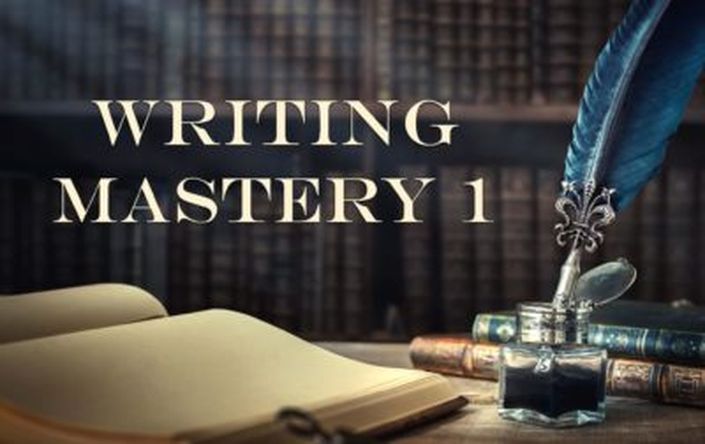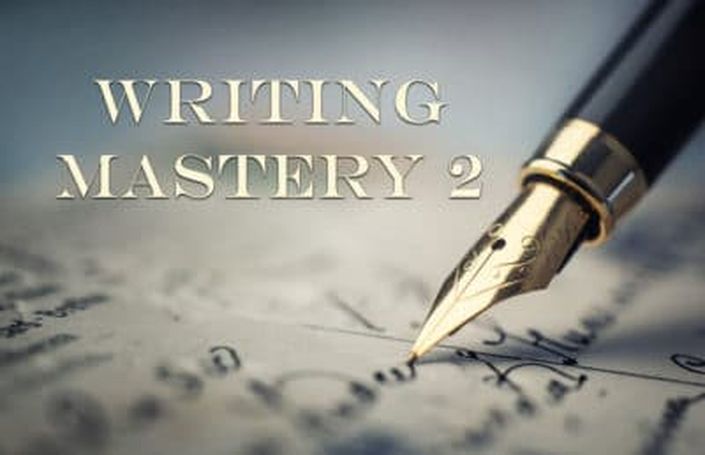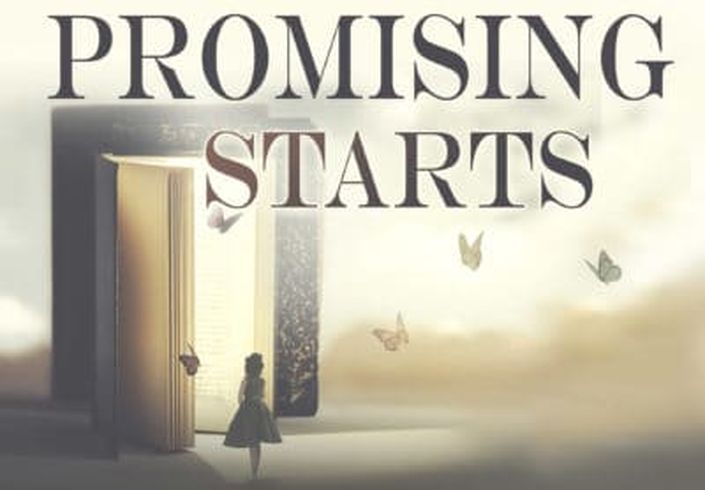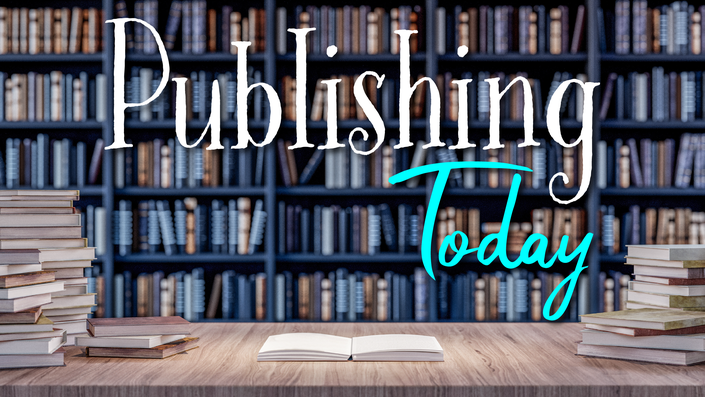
You’ve read stories that absolutely swept you away into another world, stories made you forget you were reading and ultimately left you changed. This course is designed to teach you how to capture your reader’s imagination and then hold the reader enthralled through your entire novel.
Example Curriculum
Week 1: How to Enchant Your Reader. In our first lesson, we’ll teach you how to communicate through writing on such a deep level, you can do that with your own stories. You will learn to analyze how your favorite author enchanted you, study your own work to discover your hidden weaknesses, and you will begin practicing how to introduce kinesthetic, audio, and visual elements into your work.
Week 2: Using All of The Senses. The key to enchanting a reader in part is to grab the reader’s complete attention by understanding which senses the human body really has. In this lesson. we’ll practice incorporating all of the senses into a three-page writing sample.
Week 3: Weak vs Strong Appeals. Enchanting your reader requires you to do more than just making bland appeals to the senses–you need to begin building a powerful narrative and story structure. But you also need to understand how to recognize “weak appeals” versus “strong appeals.” We’ll do exercises that will show you the different types of weaknesses and show you how to turn your weakest descriptions into strong descriptions.
Week 4: Metaphors and Similes. Sometimes the most powerful and economical way to describe something is to show how it is like something else. In this lesson, I’ll show you why this is so important and how it is done..
Week 5: Hooking Your Reader. Before you can entrance a readers, you need to hook them into your story. We’ll discuss several types of hooks, which are best for different types of readers, and learn how to plant them at the beginning and end of each scene.
Week 6: Description. We’ll use all of the skills you’ve been developing to write a powerful descriptive scene for your novel
Week 7: Dialog. Handling dialog presents a challenge to many authors, in part because they haven’t learned to reference all of the senses in their writing in order to create a vivid “picture” in the reader’s mind. This week we’ll be practicing how to write dialog, use different types of dialog tags, and handle differing character voices.
Week 8: Narrating a Tale. Sometimes as a writer, it is more economical to drop into narrative in order to move a story forward quickly. The problem is, most writers stop referencing the senses when they do this, and thus the narrative falls flat. So we will practice narrating in a way that take the reader’s need to see, hear, and feel the story into account. This skill particularly helpful for writing story proposals for books and screenplays.
Week 9: Putting it All Together. In week ten, you will write a long sample of about 6 pages in which you combine descriptions, dialogs, and narration in order to show that you have mastered all of these techniques.
Frequently Asked Questions
When does the course start and finish? The course starts now and never ends! It is a completely self-paced online course – you decide when you start and when you finish.
How long do I have access to the course? After enrolling, you have 3 years of access to this course – across any and all devices you own.






